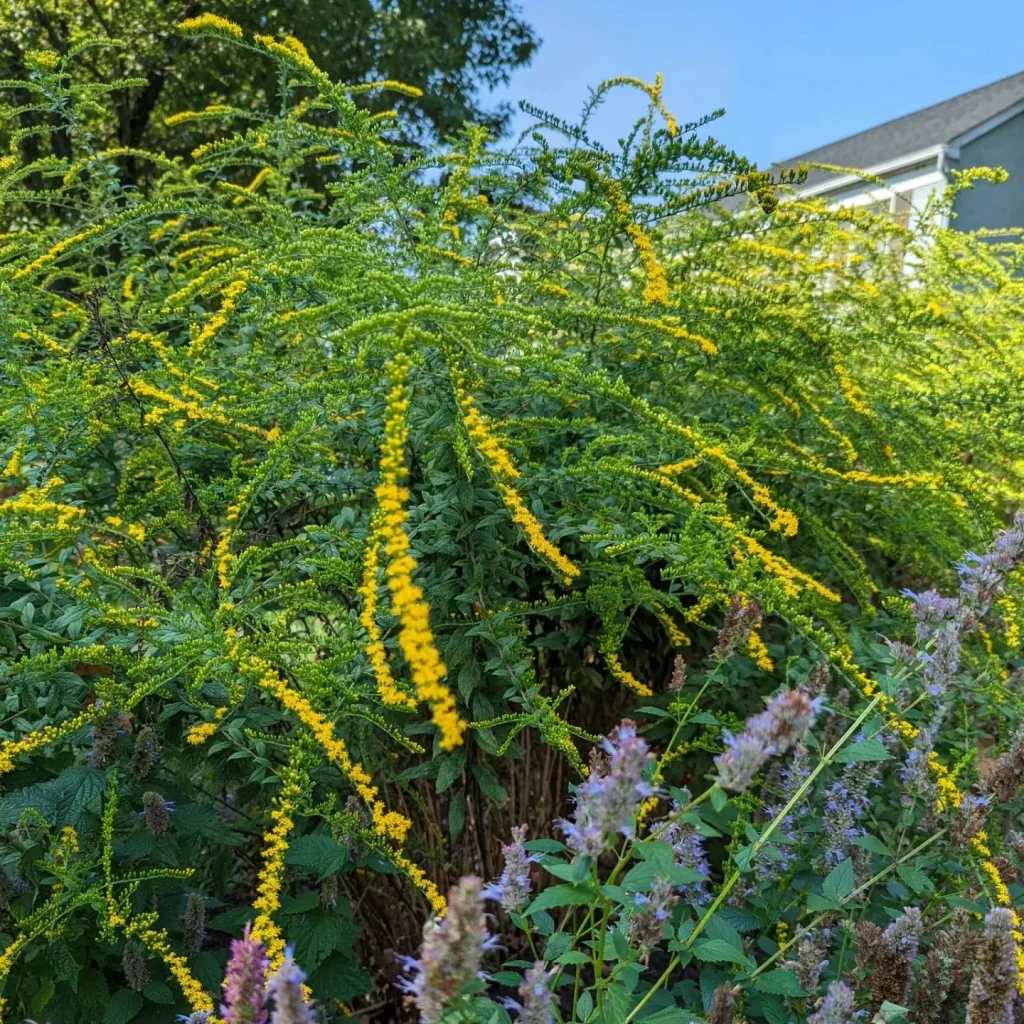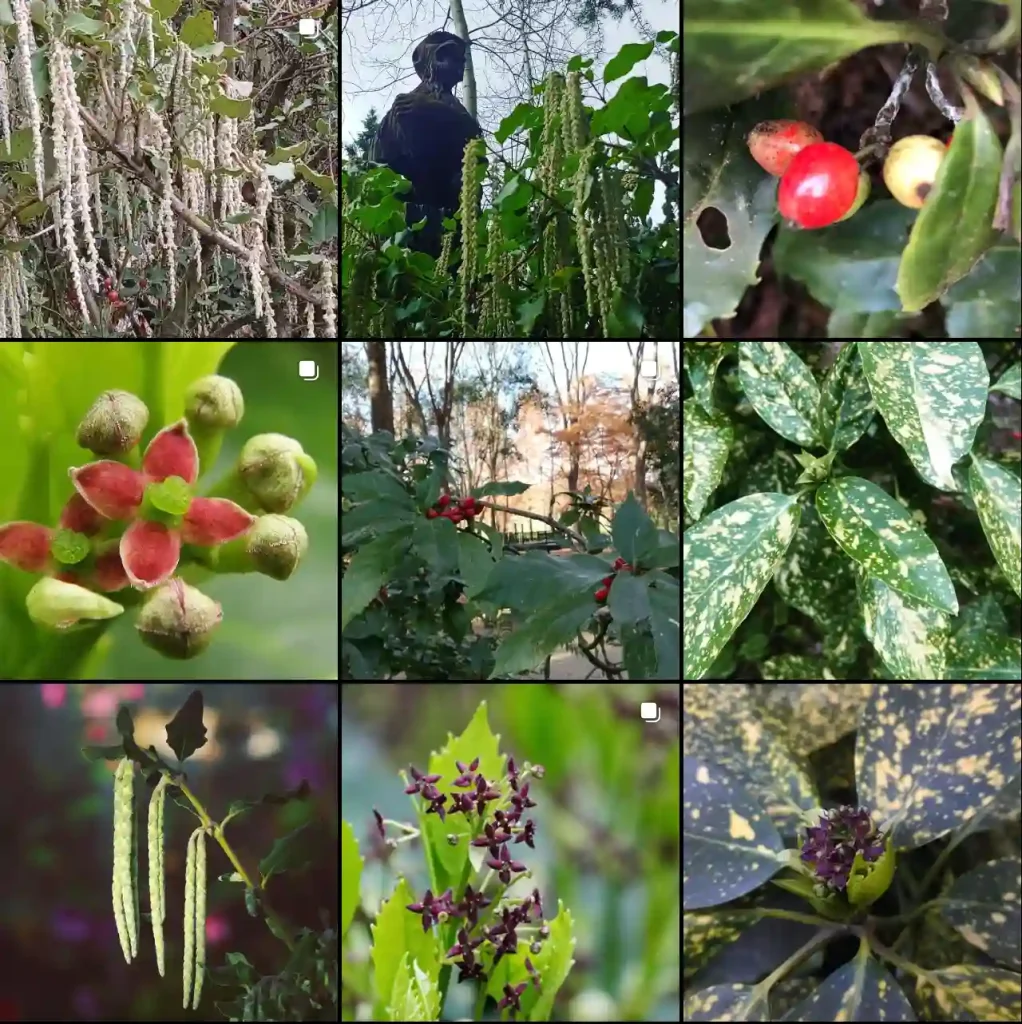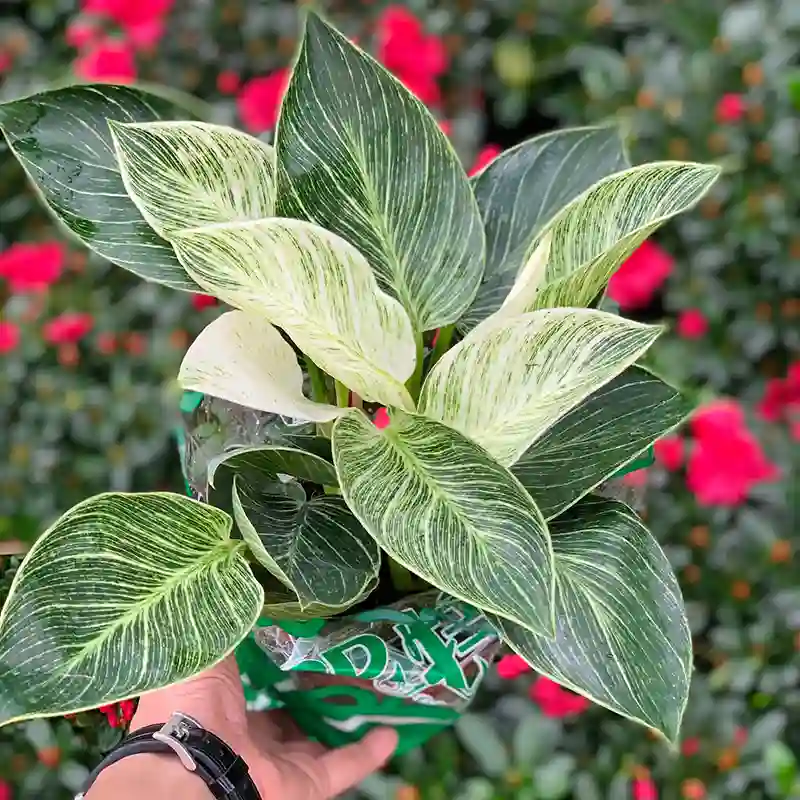The Disa Orchid: A South African Gem
My name is Ferb Vu, and I’m fascinated by the Disa genus of orchids. These captivating plants, primarily native to South Africa, boast a diverse array of forms and colors that make them a favorite among orchid enthusiasts and botanists alike.
A Diverse Genus
The Disa genus is a member of the Orchidaceae family, comprising over 180 recognized species. While most Disa species are terrestrial, growing in soil, some are epiphytic, growing on trees or rocks. This diversity in habitat is mirrored in the variety of their floral displays. Some species, like the iconic Disa uniflora, produce large, vibrant red flowers, while others, like Disa sagittalis, have smaller, more delicate blooms. This incredible diversity is a testament to the genus’s adaptability and evolutionary success.
Disa Species
Here are:
- Disa uniflora: Often called the “Pride of Table Mountain,” this species is renowned for its striking red flowers and is a popular choice for cultivation.
- Disa cardinalis: This species features bright red flowers with a distinctive yellow lip, making it a sought-after addition to orchid collections.
- Disa crassicornis: Known for its long, spur-like petals, this species attracts pollinators with its unique floral structure.
- Disa racemosa: This species produces a tall inflorescence with multiple pink to purple flowers, creating a beautiful display.
- Disa sagittalis: This species has smaller, hooded flowers that come in various colors, including white, pink, and purple.
- Disa tripetaloides: This species is easily recognizable by its three prominent petals, which can be pink, purple, or white.
- Disa aconitoides Sond.
- Disa aemula Bolus
- Disa aequiloba Summerh.
- Disa afra Bolus
- Disa albomagentea E.G.H.Oliv. & Liltved
- Disa alinae Szlach.
- Disa alticola H.P.Linder
- Disa amoena H.P.Linder
- Disa andringitrana Schltr.
- Disa aperta N.E.Br.
- Disa arida Vlok
- Disa aristata H.P.Linder
- Disa atricapilla (Harv. ex Lindl.) Bolus
- Disa atrorubens Schltr.
- Disa aurata (Bolus) L.T.Parker & Koop.
- Disa barbata (L.f.) Sw.
- Disa basutorum Schltr.
- Disa baurii Bolus
- Disa begleyi L.Bolus
- Disa bifida (Thunb.) Sw.
- Disa biflora (L.) Druce
- Disa bivalvata (L.f.) T.Durand & Schinz
- Disa bodkinii Bolus
- Disa bolusiana Schltr.
- Disa borbonica Balf.f. & S.Moore
- Disa brachyceras Lindl.
- Disa bracteata Sw.
- Disa × brendae H.P.Linder
- Disa brevicornis (Lindl.) Bolus
- Disa brevipetala H.P.Linder
- Disa buchenaviana Kraenzl.
- Disa caulescens Lindl.
- Disa cedarbergensis H.P.Linder
- Disa celata Summerh.
- Disa cephalotes Rchb.f.
- Disa cernua (Thunb.) Sw.
- Disa chimanimaniensis (H.P.Linder) H.P.Linder
- Disa chrysostachya Sw.
- Disa clavicornis H.P.Linder
- Disa cochlearis S.D.Johnson & Liltved
- Disa comosa (Rchb.f.) Schltr.
- Disa conferta Bolus
- Disa cooperi Rchb.f.
- Disa cornuta (L.) Sw.
- Disa cryptantha Summerh.
- Disa cylindrica (Thunb.) Sw.
- Disa danielae Geerinck
- Disa densiflora (Lindl.) Bolus
- Disa dichroa Summerh.
- Disa dracomontana Schelpe ex H.P.Linder
- Disa draconis (L.f.) Sw.
- Disa ecalcarata (G.J.Lewis) H.P.Linder
- Disa elegans Sond. ex Rchb.f.
- Disa eminii Kraenzl.
- Disa engleriana Kraenzl.
- Disa equestris Rchb.f.
- Disa erubescens Rendle
- Disa esterhuyseniae Schelpe ex H.P.Linder
- Disa extinctoria Rchb.f.
- Disa facula P.J.Cribb, C.Herrm. & Sebsebe
- Disa fasciata Lindl.
- Disa ferruginea Sw.
- Disa filicornis (L.f.) Thunb.
- Disa flexuosa (L.) Sw.
- Disa forcipata Schltr.
- Disa forficaria Bolus
- Disa fragrans Schltr.
- Disa galpinii Rolfe
- Disa gladioliflora Burch. ex Lindl.
- Disa glandulosa Burch. ex Lindl.
- Disa graminifolia Ker Gawl. ex Spreng.
- Disa hallackii Rolfe
- Disa harveyana Lindl.
- Disa hians (L.f.) Spreng.
- Disa hircicornis Rchb.f.
- Disa incarnata Lindl.
- Disa inflexa (Lindl.) Mundt ex Bolus
- Disa intermedia H.P.Linder
- Disa introrsa Kurzweil, Liltved & H.P.Linder
- Disa karooica S.D.Johnson & H.P.Linder
- Disa katangensis De Wild.
- Disa klugei McMurtry
- Disa linderiana Bytebier & E.G.H.Oliv.
- Disa lineata Bolus
- Disa lisowskii Szlach.
- Disa longicornu L.f.
- Disa longifolia Lindl.
- Disa longilabris Schltr.
- Disa longipetala (Lindl.) Bolus
- Disa lugens Bolus
- Disa macrostachya (Lindl.) Bolus
- Disa maculata L.f.
- Disa maculomarronina McMurtry
- Disa marlothii Bolus
- Disa micropetala Schltr.
- Disa miniata Summerh.
- Disa minor (Sond.) Rchb.f.
- Disa montana Sond.
- Disa multifida Lindl.
- Disa neglecta Sond.
- Disa nervosa Lindl.
- Disa newdigateae L.Bolus
- Disa nigerica Rolfe
- Disa nivea H.P.Linder
- Disa nubigena H.P.Linder
- Disa × nuwebergensis H.P.Linder
- Disa nyikensis H.P.Linder
- Disa obliqua (Lindl.) Bolus
- Disa obtusa Lindl.
- Disa ocellata Bolus
- Disa ochrostachya Rchb.f.
- Disa oligantha Rchb.f.
- Disa ophrydea (Lindl.) Bolus
- Disa oreophila Bolus
- Disa ornithantha Schltr.
- Disa ovalifolia Sond.
- Disa × paludicola J.Stewart & J.C.Manning
- Disa patula Sond.
- Disa perplexa H.P.Linder
- Disa physodes Sw.
- Disa pillansii L.Bolus
- Disa polygonoides Lindl.
- Disa porrecta Sw.
- Disa praecox (H.P.Linder) H.P.Linder
- Disa procera H.P.Linder
- Disa pulchella Hochst. ex A.Rich.
- Disa pulchra Sond.
- Disa purpurascens Bolus
- Disa pygmaea Bolus
- Disa remota H.P.Linder
- Disa renziana Szlach.
- Disa reticulata Bolus
- Disa rhodantha Schltr.
- Disa richardiana Lehm. ex Bolus
- Disa robusta N.E.Br.
- Disa roeperocharoides Kraenzl.
- Disa rosea Lindl.
- Disa roseovittata McMurtry & G.McDonald
- Disa rufescens (Thunb.) Sw.
- Disa rungweensis Schltr.
- Disa sabulosa Bolus
- Disa salteri G.J.Lewis
- Disa sanguinea Sond.
- Disa sankeyi Rolfe
- Disa satyriopsis Kraenzl.
- Disa saxicola Schltr.
- Disa schizodioides Sond.
- Disa schlechteriana Bolus
- Disa scullyi Bolus
- Disa scutellifera A.Rich.
- Disa similis Summerh.
- Disa spathulata (L.f.) Sw.
- Disa stachyoides Rchb.f.
- Disa staerkeriana McMurtry & Bytebier
- Disa stairsii Kraenzl.
- Disa stricta Sond.
- Disa subtenuicornis H.P.Linder
- Disa telipogonis Rchb.f.
- Disa tenella (L.f.) Sw.
- Disa tenuicornis Bolus
- Disa tenuifolia Sw.
- Disa tenuis Lindl.
- Disa thodei Schltr. ex Kraenzl.
- Disa triloba Lindl.
- Disa tysonii Bolus
- Disa ukingensis Schltr.
- Disa uncinata Bolus
- Disa vaginata Harv. ex Lindl.
- Disa vasselotii Bolus ex Schltr.
- Disa venosa Sw.
- Disa venusta Bolus
- Disa verdickii De Wild.
- Disa versicolor Rchb.f.
- Disa vigilans McMurtry & T.J.Edwards
- Disa virginalis H.P.Linder
- Disa × vogelpoelii (H.P.Linder) Bytebier
- Disa walleri Rchb.f.
- Disa walteri Schltr.
- Disa welwitschii Rchb.f.
- Disa woodii Schltr.
- Disa zimbabweensis H.P.Linder
- Disa zombica N.E.Br.
- Disa zuluensis Rolfe
The Appeal of Disa Orchids
The allure of Disa orchids lies not only in their beauty but also in the challenges they present to cultivators. Many Disa species require specific environmental conditions to thrive, making them a rewarding pursuit for dedicated orchid growers. The intricate pollination mechanisms of some Disa species, often involving specific insect or bird pollinators, further add to their fascination.
Conservation Efforts
Unfortunately, habitat loss and over-collection threaten several Disa species. Conservation efforts are underway to protect these unique orchids and their fragile ecosystems. These efforts include habitat restoration, propagation programs, and raising public awareness about the importance of orchid conservation.
My Personal Connection
I find Disa orchids captivating due to their unique beauty and the challenges they present in cultivation. Their diversity in form and color is a testament to the wonders of nature, and their resilience in the face of environmental pressures is inspiring. I believe that appreciating and conserving these botanical treasures is crucial for maintaining biodiversity and preserving our natural heritage.
Looking Ahead
As an admirer of Disa orchids, I am eager to see continued research and conservation efforts focused on this remarkable genus. I believe that by understanding and protecting these orchids, we can ensure that future generations can enjoy their beauty and ecological significance.
If i die, water my plants!



